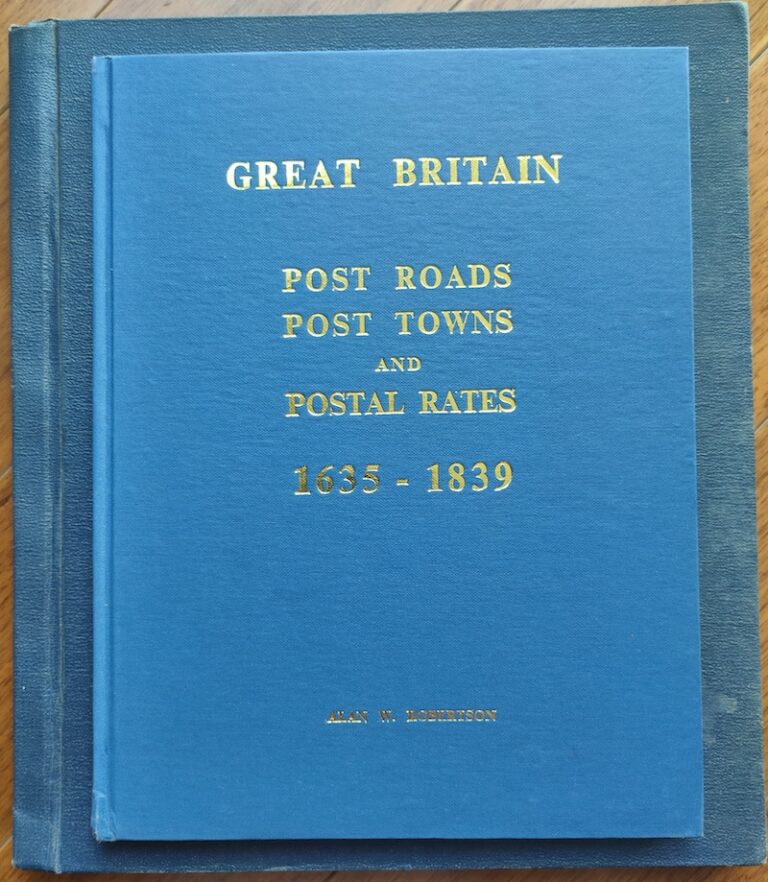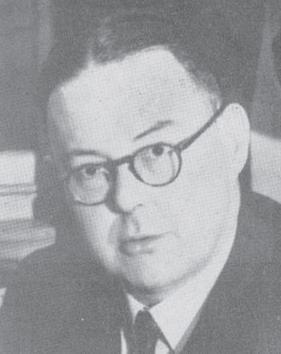Arthur Hind was arguably 20th century’s greatest stamp collector. He was to the second and third decade of the century what Philippe De Ferrari and Thomas K. Tapling were to the final two of the previous one. Amongst his prized possessions were the British Guiana 1c magenta, currently the most expensive item in philately last auctioned in 2014 for US$ 9.48 million, and the “Bordeaux” cover (Figure 1) with the one-penny orange and two-pence blue “Post Office” stamps of Mauritius.*
* In my book, this superb piece of philately and postal history, much more pretty and attractive than the ugly British Guiana stamp, is the most valuable philatelic item in existence and will likely realise upwards of US$ 10 million if it ever comes for auction.

Since this post is about the auction catalogues of the Arthur Hind collection, I am not going to dwell on the man and his philately. Those interested may want to read up on him in Dr. Stanley Bierman’s The World’s Greatest Stamp Collectors (from where some of the information given below is taken).
The Arthur Hind collection was auctioned by two great philatelic auctioneers in two of the biggest philatelic centers of the world:
- New York, where United States including the Confederate States were auctioned by Charles J. Phillips (ex-Managing Director and owner of Stanley Gibbons) between Nov 20 and 24, 1933 (Figure 2)
- London, where the British Empire and Foreign Countries were auctioned by H. R. Harmer between Apr 1934 and Jun 1935.
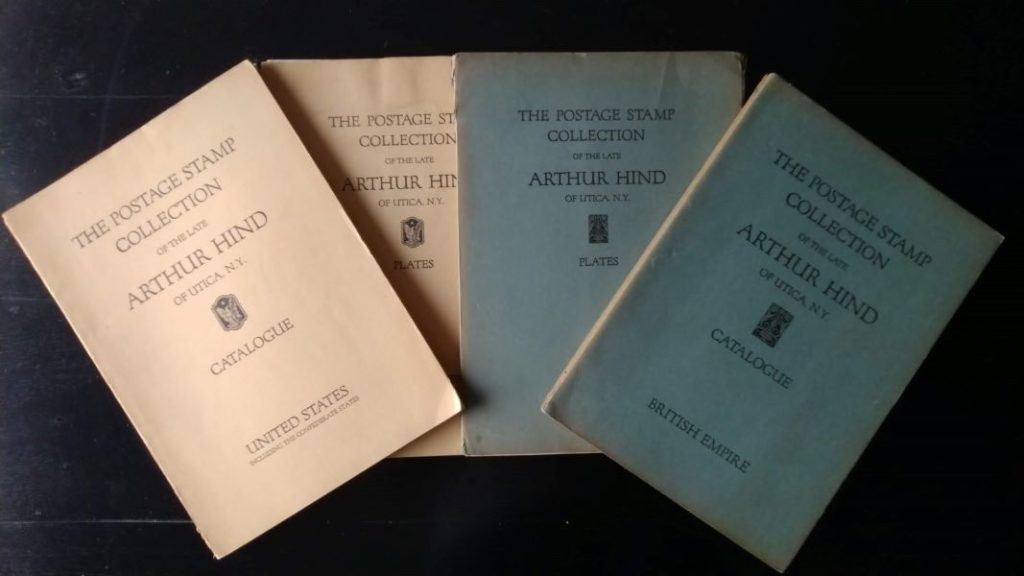
The reasons behind this split is quite interesting.
The realisations of the US portion amounted to just US$ 244,810 (about £47,000), mainly due to two reasons – one was the ongoing Great Depression and the other was the careless way in which Hind had treated many of the priceless items including by affixing them to album pages with adhesive tapes and Band-Aid! After this sale concluded, Phillips had printed the catalogue and plates for a second sale of 3,506 lots of Hind’s British Empire collection to be conducted on Mar 31 as well as Apr 2 to 7 and 9 of 1934 (Figure 2). A third sale of Europe and Colonies was planned for Oct or Nov of that year and a few more were planned for 1935.
Given the disappointing first sale, Hind’s nephew reached out to H. R. Harmer who, in Feb 1934, sailed to New York. After 24 hours of non-stop negotiations with the executors of Hind’s estate – First Citizens Bank and Trust Company – he bought the British Empire and Foreign Countries collections (but not the British Guiana 1c magenta)** for US$450,000. Phillips’ already announced Empire auction had to be hence cancelled and the catalogue’s price refunded to anyone who wanted it. It was the “sale that never took place.”
** Firstly the stamp was “lost” at that time and was eventually found in a registered letter in which it had arrived after being displayed in an exhibition; Hind had failed to remove the stamp from the envelope and the cover itself was found in his safe! Secondly the ownership of the stamp was being contested with Hind’s widow, who had not been bequeathed his stamp collection, claiming that the 1c was a gifted to her by her late husband. Today, will a US$ 10 million stamp travel across the seas in a registered letter? No way!
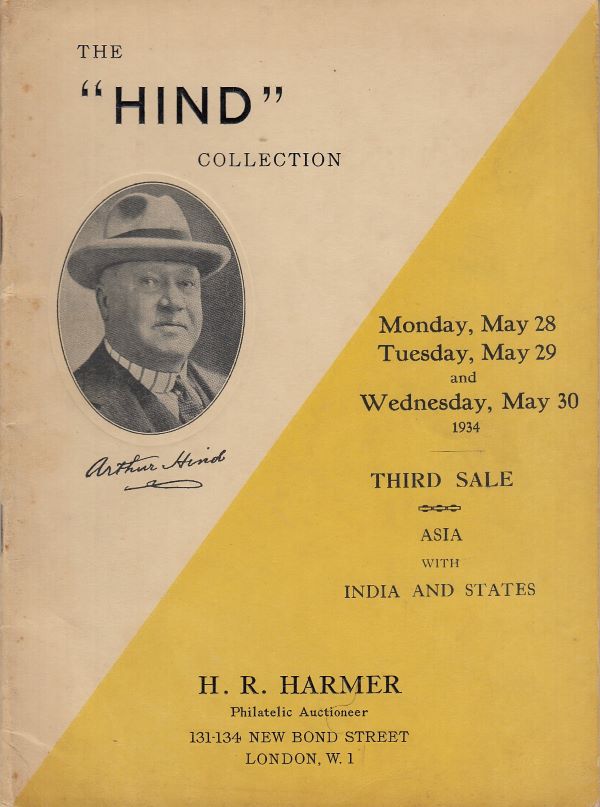
The Hind collection was duly brought to London and a series of 11 sales took place between Apr 1934 and Jun 1935. A total of 6,334 lots realised £135,000 (about US$ 675,000). The 11 Harmer auction catalogues were published staple bound with yellow card covers (Figure 3).

They were later bound up by the auction company in their house binding and published in two parts; the yellow front and back covers were however discarded (Figures 4 and 5).
- British Empire section bound in red leather and buckram. This volume contains Sale Nos. 1 (Great Britain, European Colonies, and British North America), 2 (British Possessions in West Indies and Central and South America), 3 (British Possessions in Asia and including India and States), 4 (British Possessions in Africa and including Mauritius), and 5 (Australia and Oceanic Possessions). The sales were all held between Apr and Jul 1934 and hence this volume must have been published perhaps sometime in the second half of 1934 or first half of 1935.
- Foreign Countries bound in green leather and buckram. This volume contains Sale Nos. 6 (France, Post Offices and Colonies), 7 (Northern European Countries and Possessions), 8 (Southern European Countries and Possessions), 9 (Spain and Colonies), 10 (Asia and Africa), and 11 (Central and South America, Cuba, Philippine Islands, Porto Rico and Hawaiian Islands). The sales were held between Oct 1934 and Jun 1935 and hence this volume (with a introduction by one of the greatest philatelists of all time – Fred J. Melville) must have been published perhaps sometime in the second half of 1935 or first half of 1936.
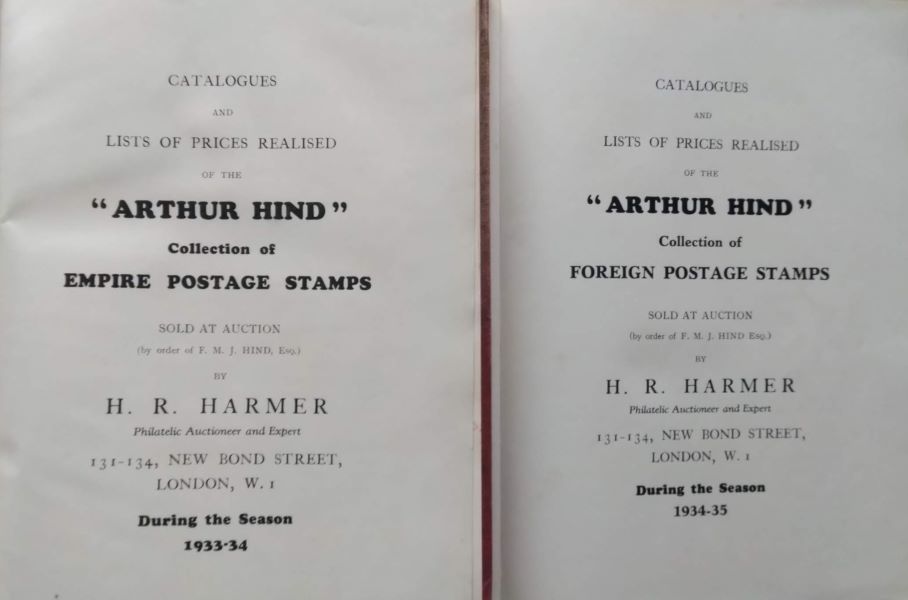
Over the last couple of years I have frequently wondered why the two bindings that I have are different. The red is bound in quarter leather while the green in half. Was it that the green, which would have been published at a later date, given a more royal treatment now that the success of the 11 sales was known in entirety? However I have seen, on the internet, a red bound in half leather.
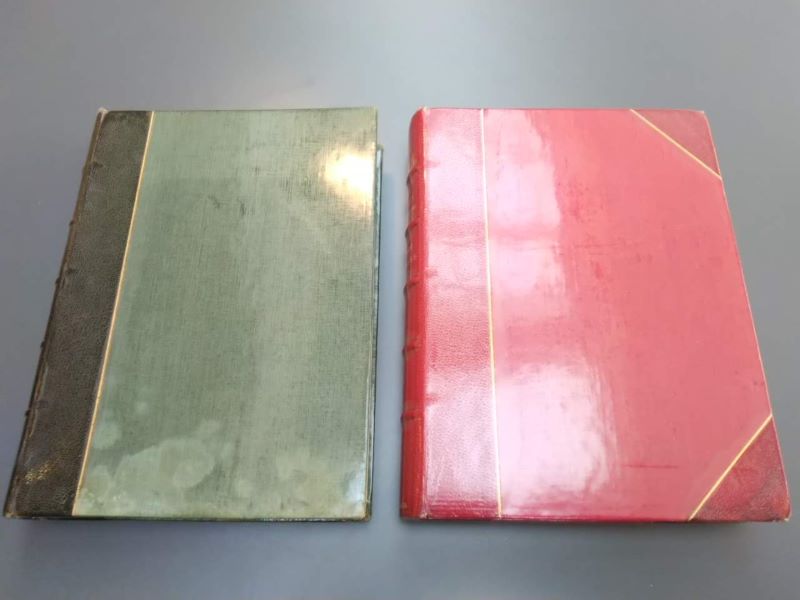
When I visited Stockholmia 2019 in May, I took the opportunity to see the city’s Postmuseum. While browsing the shelves of its superb philatelic library, I happened upon the two house bindings. The difference is that the bindings are reversed: their red is bound in half leather and the green in quarter (Figure 6).
This leads me to believe that there was no particular logic in the way the volumes were bound; it seems to have been random. Sometimes just a simple (even if it is disappointingly so) explanation suffices!




